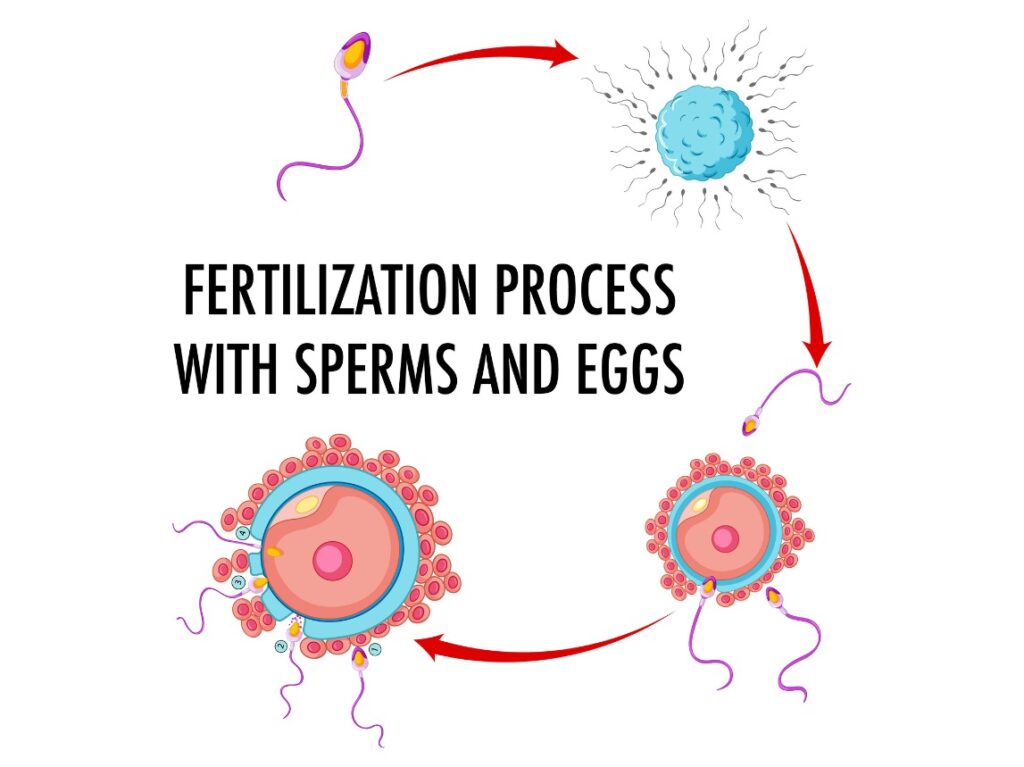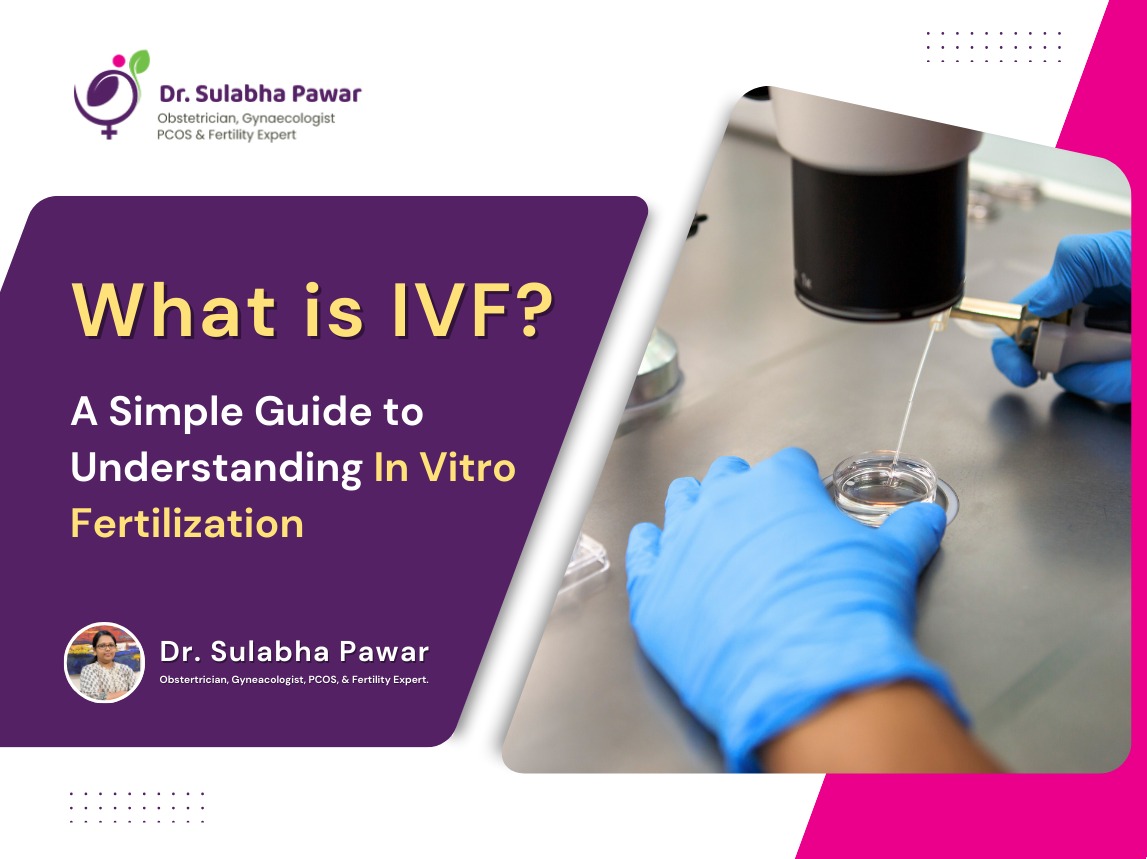A Simple Guide to Understanding In Vitro Fertilization
IVF, or In Vitro Fertilization, is a medical process that helps couples or individuals who are having trouble conceiving a baby naturally. For many, IVF is a hopeful path toward starting or expanding a family. But what exactly happens during IVF, and how does it work? Let’s break it down into simple terms.
What Does IVF Stand For?
“In vitro” is a Latin term that means “in glass.” This refers to how fertilization occurs in a laboratory dish rather than inside the body. “Fertilization” refers to the moment when a sperm cell joins with an egg to create an embryo, which can then develop into a baby.
In short, IVF is the process of combining eggs and sperm outside the body to create an embryo, which is then placed in the uterus, where it can grow into a baby.

Why Do People Choose IVF?
People choose IVF for various reasons, but the main one is infertility. Infertility can affect both men and women and may be due to several factors like:
- Blocked fallopian tubes: The fallopian tubes carry eggs from the ovaries to the uterus. If these tubes are blocked, fertilization can’t happen naturally.
- Low sperm count: When a man has fewer sperm, it reduces the chances of one reaching and fertilizing an egg.
- Ovulation disorders: Some women don’t release eggs regularly or at all, making conception difficult.
- Age-related fertility decline: Women’s fertility declines as they age, especially after 35, making IVF a possible option for older women.
- Unexplained infertility: Sometimes, doctors can’t pinpoint a specific cause of infertility, and IVF is suggested as a potential solution.
IVF can also help same-sex couples and single individuals who want to have children through donor sperm or eggs.

How Does IVF Work?
Now that we know why IVF is needed, let’s walk through the steps involved in this process.
- Stimulation
In a natural cycle, a woman’s body releases one egg each month. However, during IVF, the goal is to collect several eggs to increase the chances of success. To do this, the woman takes medications to stimulate the ovaries to produce more eggs.
- Egg Retrieval
Once the eggs are ready, they are collected through a minor procedure. A doctor uses a thin needle to reach the ovaries and collect the eggs. This is done under sedation, so it’s usually not painful.
- Fertilization
After the eggs are retrieved, they are mixed with sperm in a laboratory dish. If all goes well, fertilization occurs, and embryos start to form. Sometimes, doctors may recommend a process called ICSI (Intracytoplasmic Sperm Injection), where a single sperm is directly injected into an egg, especially in cases of male infertility.
- Embryo Development
Once fertilization happens, the embryos are monitored as they grow for a few days. Doctors will select the healthiest embryo (or embryos) to transfer back into the woman’s uterus.
- Embryo Transfer
The selected embryo is then placed in the uterus through a simple procedure. This part is often compared to a Pap smear—quick and generally painless.
- Waiting for Pregnancy
After the embryo transfer, there’s a waiting period of about two weeks before a pregnancy test can confirm whether the procedure was successful.
What are the Success Rates?
The success of IVF varies depending on several factors, including a woman’s age, the cause of infertility, and the specific clinic’s experience. Younger women tend to have higher success rates because their eggs are generally healthier. For women under 35, the success rate of IVF can be as high as 40-50%. However, as a woman ages, the chances decrease, and after age 40, the success rate drops significantly.

Is IVF Right for You?
Choosing IVF is a personal decision, and it’s important to consult with a fertility specialist to determine if it’s the right option for you. Some factors to consider include:
- Physical and emotional readiness: IVF can be physically demanding and emotionally draining, especially if multiple cycles are needed.
- Financial cost: IVF can be expensive, and not all insurance plans cover the cost. It’s important to check with your insurance provider and be prepared for potential out-of-pocket expenses.
- Support network: Going through IVF can be stressful, so having a strong support system, whether it’s family, friends, or a partner, is key.
Final Thoughts
IVF is an incredible scientific advancement that has helped millions of people experience the joy of parenthood. While it’s not always an easy journey, for many, it’s a path filled with hope and possibility. If you or someone you know is considering IVF, remember that it’s okay to have questions, seek support, and take things one step at a time.
Ultimately, IVF is about creating new life and new possibilities, and for many, it’s a way to make the dream of a family come true.




